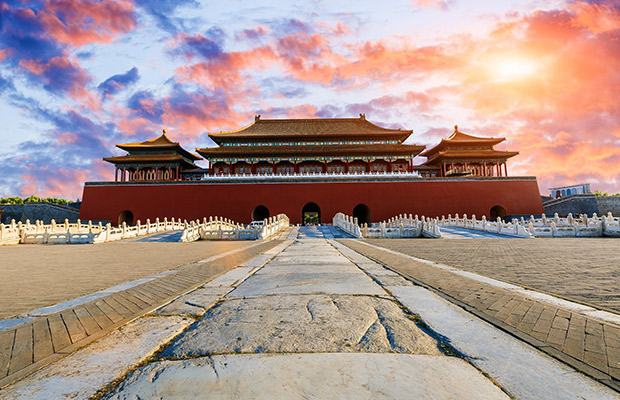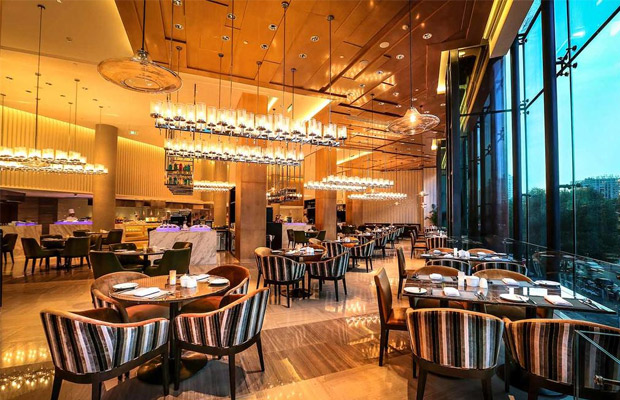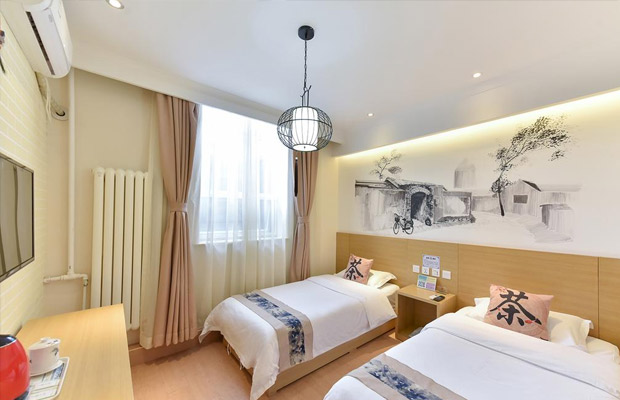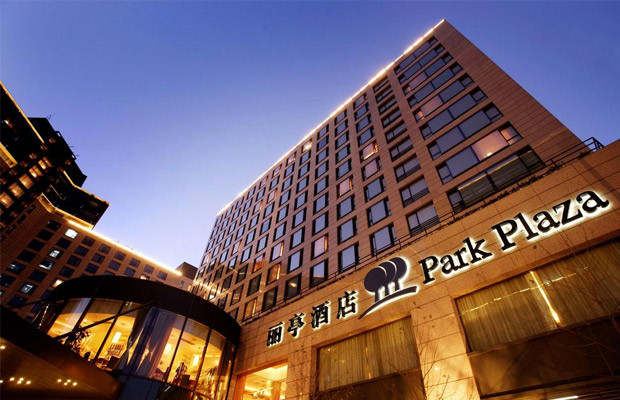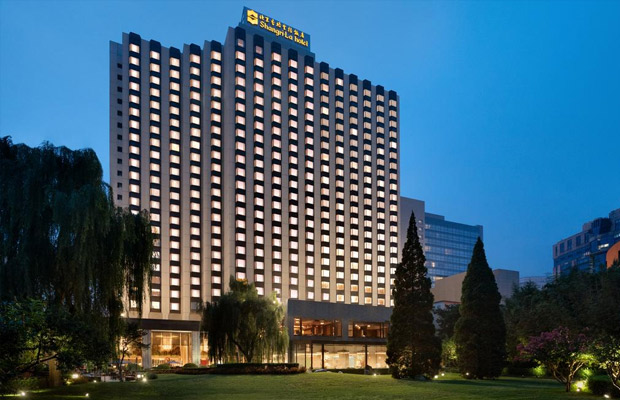Temple of Heaven
Temple of Heaven
China
Beijing
Beijing Travel Guide
Book Tour & Activities
Your tour in Beijing.
Book your stay
Your hotel in Beijing.
Overview
The Temple of Heaven Park, Tiantan in Chinese, is located in the Dongcheng District, Beijing. It is the largest and most representative existing masterpiece among China's ancient sacrificial buildings. Originally, the Temple of Heaven was the place where emperors of the Ming Dynasty (1368 - 1644) and Qing Dynasty (1644 - 1911) held the Heaven Worship Ceremony. First built in 1420, the 18th year of the reign of Emperor Yongle of the Ming Dynasty (1368 - 1644), the Temple of Heaven was enlarged and rebuilt during the reigns of the Ming emperor Jiajing and the Qing emperor Qianlong. In 1988, it was opened to the public as a park, showing ancient philosophy, history and religion. Its grand architectural style and profound cultural connotation give an insight into the practices of the ancient Eastern civilization.
History
The temple complex was constructed from 1406 to 1420 during the reign of the Yongle Emperor, who was also responsible for the construction of the Forbidden City in Beijing. The complex was extended and renamed Temple of Heaven during the reign of the Jiajing Emperor in the 16th century. Jiajing also built three other prominent temples in Beijing, the Temple of the Sun (日壇) in the east, the Temple of Earth (地壇) in the north, and the Temple of Moon (月壇) in the west. The Temple of Heaven was renovated in the 18th century under the Qianlong Emperor. By then, the state budget was insufficient, so this was the last large-scale renovation of the temple complex in imperial times.
The temple was occupied by the Anglo-French Alliance during the Second Opium War. In 1900, during the Boxer Rebellion, the Eight Nation Alliance occupied the temple complex and turned it into the force's temporary command in Beijing, which lasted for one year. The occupation desecrated the temple and resulted in serious damage to the building complex and the garden. Robberies of temple artifacts by the Alliance were also reported.[citation needed] With the downfall of the Qing, the temple complex was left un-managed. The neglect of the temple complex led to the collapse of several halls in the following years.
In 1914, Yuan Shikai, then President of the Republic of China, performed a Ming prayer ceremony at the temple, as part of an effort to have himself declared Emperor of China. In 1918 the temple was turned into a park and for the first time open to the public.
The Temple of Heaven was inscribed as a UNESCO World Heritage Site in 1998 and was described as "a masterpiece of architecture and landscape design which simply and graphically illustrates a cosmogony of great importance for the evolution of one of the world’s great civilizations..." as the "symbolic layout and design of the Temple of Heaven had a profound influence on architecture and planning in the Far East over many centuries."
Buildings and layout
The Temple grounds cover 2.73 km2 (1.05 sq mi) of parkland and comprises three main groups of constructions, all built according to strict philosophical requirements:
- The Hall of Prayer for Good Harvests (祈年殿) is a magnificent triple-gabled circular building, 36 m (118 ft) in diameter and 38 m (125 ft) tall, built on three levels of marble stone base, where the Emperor prayed for good harvests. The building is completely wooden, with no nails. The original building was burned down by a fire caused by lightning in 1889. The current building was re-built several years after the incident.
- The Imperial Vault of Heaven (皇穹宇) is a single-gabled circular building, built on a single level of marble stone base. It is located south of the Hall of Prayer for Good Harvests and resembles it, but is smaller. It is surrounded by a smooth circular wall, the Echo Wall, that can transmit sounds over large distances. The Imperial Vault is connected to the Hall of Prayer by the Vermilion Steps Bridge, a 360-meter-long (1,180 ft) raised walkway that slowly ascends from the Vault to the Hall of Prayer. The dome for this building also has no crossbeams to support the dome.
- The Circular Mound Altar (圜丘坛) is the altar proper, located south of the Imperial Vault of Heaven. It is an empty circular platform on three levels of marble stones, each decorated by lavishly carved dragons. The numbers of various elements of the Altar, including its balusters and steps, are either the sacred number nine or its nonuples. The center of the altar is a round slate called the Heart of Heaven (天心石) or the Supreme Yang (太阳石), where the Emperor prayed for favorable weather. Thanks to the design of the altar, the sound of the prayer will be reflected by the guardrail, creating significant resonance, which was supposed to help the prayer communicate with Heaven. The Altar was built in 1530 by the Jiajing Emperor and rebuilt in 1740.
Ceremony
In ancient China, the Emperor of China was regarded as the Son of Heaven, who administered earthly matters on behalf of, and representing, heavenly authority. To be seen to be showing respect to the source of his authority, in the form of sacrifices to heaven, was extremely important. The temple was built for these ceremonies, mostly comprising prayers for good harvests.
Twice a year the Emperor and all his retinue would move from the Forbidden City through Beijing to encamp within the complex, wearing special robes and abstaining from eating meat. No ordinary Chinese was allowed to view this procession or the following ceremony. In the temple complex the Emperor would personally pray to Heaven for good harvests. The highpoint of the ceremony at the winter solstice was performed by the Emperor on the Earthly Mount. The ceremony had to be perfectly completed; it was widely held that the smallest of mistakes would constitute a bad omen for the whole nation in the coming year.
Temple of Heaven
- Address: 1 Tiantan E Rd, Dongcheng, China, 100061
- Phone: +86 10 6702 8866
- Built by: Yongle Emperor
- Designated as world heritage site: 1998 (22nd session)
Video Travel Inspiration
See Temple of Heaven on Map
Most Popular Cities

Siem Reap
Cambodia
Ho Chi Minh City
Vietnam
Beijing
China
Paris
France
London
United Kingdom
New York
USA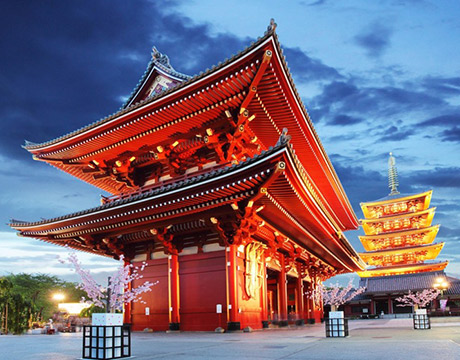
Tokyo
Japan
Bangkok
Thailand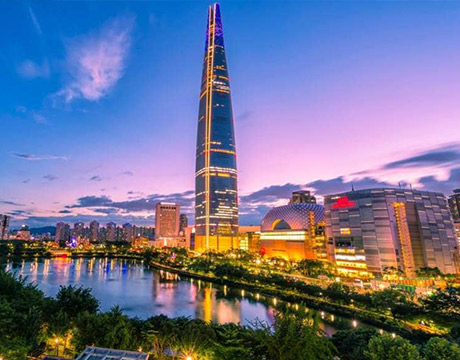
Seoul
South Korea
Vientiane
Laos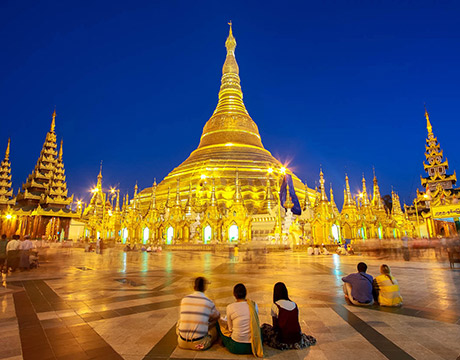
Yangon
Myanmar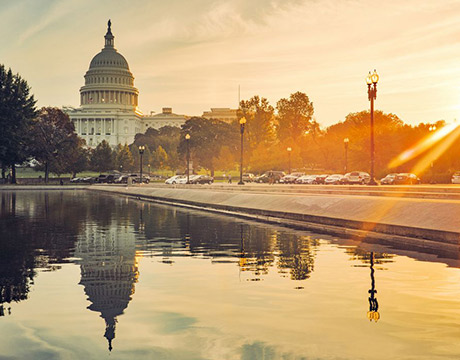
Washington DC
USA
Los Angeles
USA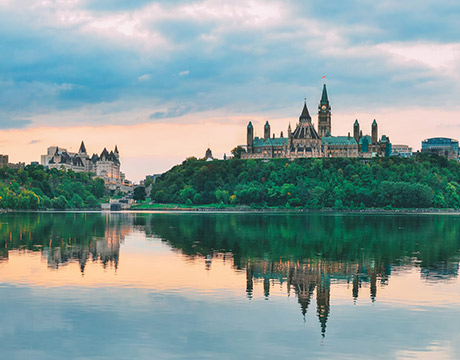
Ottawa
Canada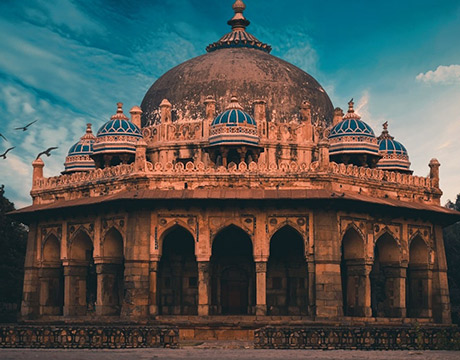
New Delhi
India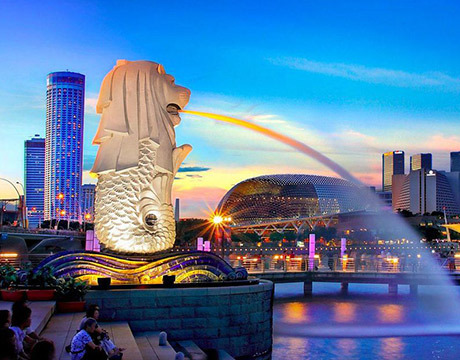
Singapore
Singapore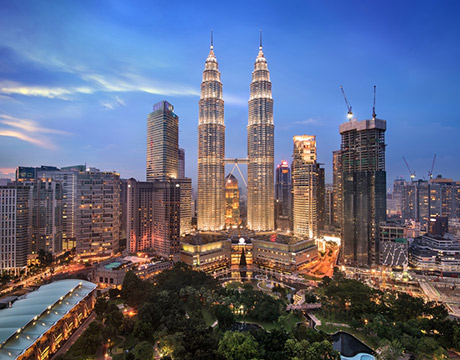
Kuala Lumpur
Malaysia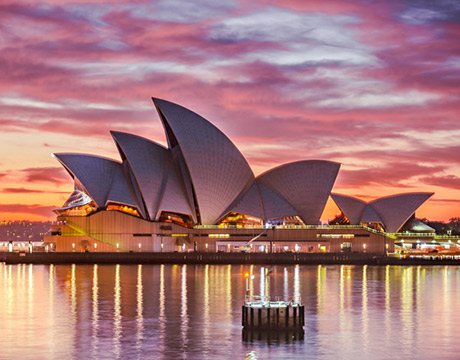
 English
English French
French Khmer
Khmer Thai
Thai Vietnamese
Vietnamese Chinese
Chinese Korean
Korean German
German Japanese
Japanese Italian
Italian Russian
Russian Spanish
Spanish Dutch
Dutch Indonesian
Indonesian Malay
Malay


